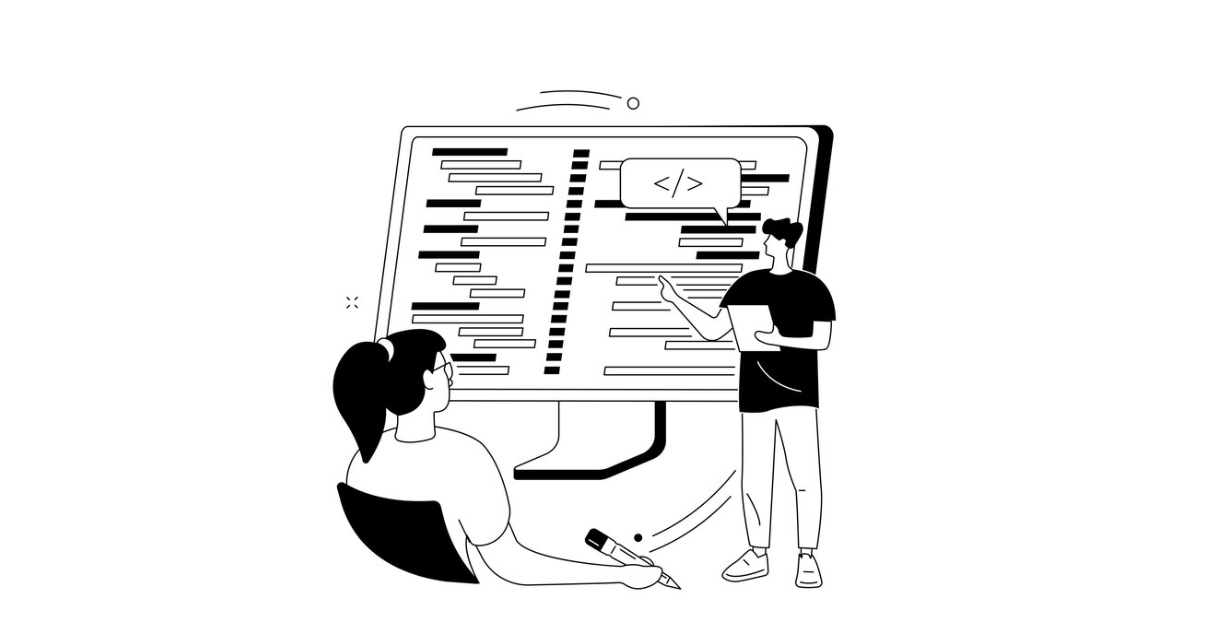In the dynamic landscape of programming, the concept of I/O (Input/Output) serves as a cornerstone. This article delves into the depths of Ruby programming, unraveling the intricacies of handling input and output through the powerful IO class. Let’s embark on a journey to master the nuances of Ruby IO operations.
Understanding the IO Class
Ruby’s IO class plays a pivotal role in managing input and output operations. It serves as the parent class for essential objects like File and Socket, offering a versatile set of operations, including open, close, read, and write. These operations form the backbone of communication, seamlessly connecting Ruby programs with various data sources.
# Example: Creating and using an IO object file_descriptor = IO.sysopen('example.txt', 'w') io_object = IO.new(file_descriptor) io_object << 'Hello, Ruby!' io_object.closeStandard IO Streams
In the realm of Ruby, three standard IO streams – stdin, stdout, and stderr – act as channels for communication. Harnessing these streams directly empowers developers to interact with input, output, and error streams efficiently.
# Example: Writing to stdout $stdout << "This is a standard output message.\n"How to Open A File Descriptor For Writing
Understanding file descriptors is crucial in Ruby IO operations. Configuring file descriptors for writing involves specifying modes such as read-only, write, read & write, or append.
# Example: Opening a file descriptor for writing file_descriptor = IO.sysopen('example.txt', 'w+')3 Standard IO Streams
Explore the trio of standard IO streams – stdin, stdout, and stderr – directly through constants or global variables. Gain insights into their roles in the communication process.
# Example: Reading from stdin user_input = $stdin.getsHow to Flush STDOUT & Disable Buffering
Efficient output handling involves managing internal buffers. Learn how to disable buffering or manually flush buffers for a smoother output experience.
# Example: Disabling buffering for STDOUT $stdout.sync = trueReading In Chunks
For optimized data processing, reading in chunks proves beneficial. Explore a strategy for reading data incrementally, especially valuable in scenarios like network programming.
# Example: Reading data in chunks data = "" until io_object.eof? data << io_object.read(2048) endFind more IO tutorials here
How to Use IO Pipes For Two-Way Communication
Ruby’s capability to create pipes opens avenues for two-way communication between processes. Witness the synergy of processes through an example involving message exchange via pipes.
# Example: Using IO pipes for two-way communication read_pipe, write_pipe = IO.pipe if fork write_pipe.close puts "Message received: #{read_pipe.gets}" read_pipe.close else read_pipe.close write_pipe << "Buy some bananas!" write_pipe.close endHow to Use The Kernel Open Method
While Ruby’s open method offers flexibility, caution is advised due to potential security risks. Explore safer alternatives for specific IO operations, tailoring your approach based on the task at hand.
# Example: Using File.open for secure file operations File.open('secure_file.txt', 'r') do |file| content = file.read puts content endConclusion
This exploration of Ruby’s input and output mechanisms has equipped you with practical knowledge and code examples. Mastering these fundamentals is crucial for efficient Ruby programming, ensuring seamless data flow and communication.


